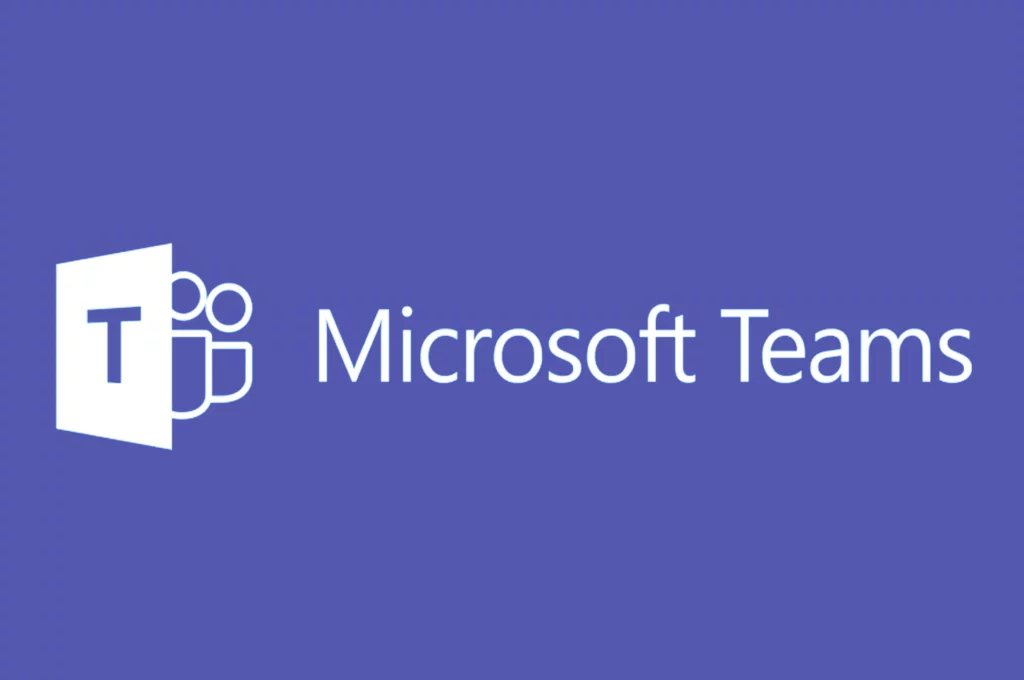What if I told you Microsoft’s new Teams app was faster, lighter, offered a suite of generative AI capabilities, and was built with the intention of being the modern workday platform—you might call us liars.
Which is why we’re not ready to give it that endorsement. Not yet at least.
Performance at a Glance
Delving into the specifics of the new Teams reveals some noteworthy improvements. Microsoft’s goal of streamlining cross-organization teamwork is admirable. Anyone who has the misfortune of having to jump between tenants in Teams knows how painful that process can be. With the updated Teams there’s now a simple dropdown in the top right. I must say, this is a true triumph for Microsoft. For anyone working between multiple clients or tenants in Microsoft, this alone nearly makes the update worth it.
Yet some user experiences are cause for concern. Personally, the number of dropped calls I’ve experienced over these last few weeks seems to have increased significantly since making the switch. Given that Teams’ primary functions include chat, meetings, and webinars, we believe these hiccups demand attention. My grandfather always said a car was just there to get us from point A to point B—I suspect he would feel the same about Teams.
On Monday we outlined the three basic goals Microsoft had for the revamped Teams. It’s no surprise Copilot was among them. Microsoft, understandably, wants to get generative AI into the hands of as many users as possible. That said, we wonder if the amount of focus on the Copilot experience is merely adding bells and whistles to a product before addressing real, fundamental issues within Teams.
In the Microsoft release for this update, they mention cutting memory usage by up to 50% with the idea being that Teams would perform nearly twice as fast.
Simply put, I don’t see it. Not yet at least. That’s not to say that there’s not real promise in that effort, especially moving forward, only that in its current iteration, we haven’t quite felt that next gear.
Navigating the Transition to the New Teams
Transitioning to the new Teams isn’t without its hurdles. A recent rollout with a large organization revealed challenges. Training manuals and videos, created in one specific tenant, highlighted differences when implemented in another. The relocation of the Help icon into the “View More Apps” ellipsis further adds to the adjustment curve.
The big question: Is the transition smoother than previous iterations? I’m not sure. If so, marginally. It doesn’t feel noticeably different.
Is Now the Right Time to Make the Move?
In our opinion— caution is advised before making the leap to the new Teams. Connectivity challenges and dropped calls are considered non-starters by some users, and for good reason. This alone warrants a pause in the rush to transition. You have to reliably get from A to B.
Recommendation: Perhaps consider initiating a plan to roll out the new Teams within your company by the new year. Taking a pilot approach is deemed the best course of action once the decision to adopt has been made. This strategic approach allows for a thorough assessment of the new Teams’ functionality and performance within a controlled environment.
Look, it’s not there yet. But how many products come out of the gate firing on all cylinders? We think there’s a lot to be excited about here and that Microsoft is crafting a forward-looking product for their users. It’s not ready for primetime, but boy is it a solid prospect if it can deliver on all the goods it’s aiming for.
Please, as always, if you have any questions or would like to discuss this further, reach out. Serverless Solutions would be more than happy to set up a time to talk through any or all of this.





